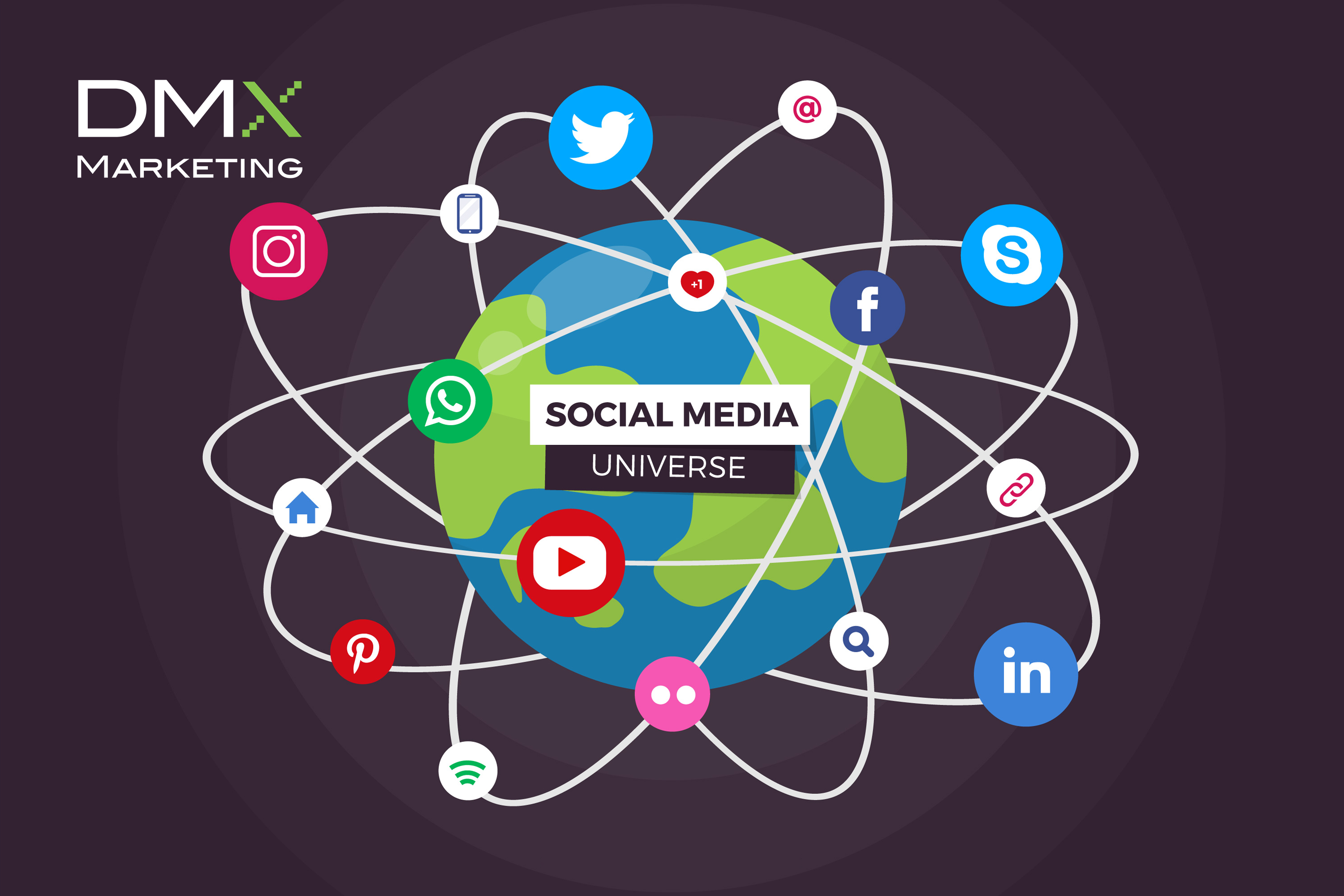In the ever-evolving landscape of digital marketing, harnessing the potential of social media is paramount. New platforms and content types continually emerge, offering unique avenues to engage your audience. The article, “11 Social Media Content Types And Examples” from Search Engine Journal discusses a variety of social media content types as well as a few examples on how to implement them into your marketing strategy. Here, we’ll break down these content types and help you discover which ones are the best fit for your brand.
1. Short-Form Video
Platforms like Instagram and Facebook Reels, TikTok, and YouTube Shorts have made short-form videos under 3 minutes a dominant content type. Their bite-sized appeal matches today’s fast-paced user behavior. For example, if your client is a bakery then creating a 30-second video showcasing the step-by-step process of decorating a beautiful cake can captivate viewers scrolling through their social media feeds.
2. Long-Form Video
Don’t underestimate the power of long-form videos (over 10 minutes). They’re ideal for in-depth storytelling, documentaries, and interviews. A travel agency could benefit from a 20-minute video exploring the hidden gems of a particular destination, complete with interviews of travelers who’ve been there. That would provide high quality in-depth content.
3. User-Generated Content
UGC, content created by your audience about your brand, is a trust-building powerhouse. It comes in various forms, from images to short videos. Let’s say your client sells outdoor gear. Sharing customer-submitted photos of them using your client’s products while hiking or camping is excellent UGC.
4. Live Streams
Real-time engagement via live streaming provides authenticity and a behind-the-scenes look at your brand. If one of your clients runs a fashion brand, having them host a live Q&A session with their designers to discuss upcoming trends, showing the creative process, and even revealing sneak peeks can engage their audience.
5. Polls & Questions
Encourage interaction and gather valuable data with polls and open-ended questions. A tech company conducting a poll on which feature users would like to see in your next product can encourage interaction and provide valuable insights.
6. Influencer Collaborations
Influencer Marketing – Partnering with influencers can exponentially expand your brand’s reach, provided the connection is authentic. Suppose you’re working with a fitness brand. Partnering them with a fitness influencer for a series of workout videos using your client’s equipment can expose their brand to the influencer’s dedicated following.
7. Infographics & Charts
Visual storytelling through infographics and charts is highly effective for conveying complex information. For a nutritionist, creating an infographic depicting daily meal planning with colorful graphics and easy-to-follow charts can convey complex information effectively.
8. Memes
When used judiciously, memes can elevate your brand’s presence by tapping into trending ideas. If one of your clients were a pet store for example, sharing a light-hearted meme featuring a cute dog or cat with a humorous caption can entertain and attract pet lovers.
9. GIFs
GIFs are versatile tools for relatable and humorous communication. Responding to a customer’s query on social media with a GIF showing a celebratory dance can add a personal touch to your interactions.
10. Webinars & Events
Offering educational webinars and virtual events allows for deeper audience engagement. Hosting a live webinar on the latest digital marketing trends can position your brand as an industry authority.
11. Contests & Giveaways
Excite and engage your followers with contests and giveaways, spurring specific interactions in exchange for enticing rewards. Let’s say your client operates a cosmetics brand. Running a contest where participants share their makeup transformations using their products, with the chance to win a luxury makeup set, can generate buzz and engagement.
Conclusion
Social media’s content palette is vast, and your brand’s success hinges on selecting the right hues. These examples illustrate how different social media content types can be tailored to various industries and objectives. It’s essential to align your content with your brand’s identity and audience preferences. Begin your journey by experimenting with content types aligned with your strategy, platform preferences, and available resources.
Happy posting!







